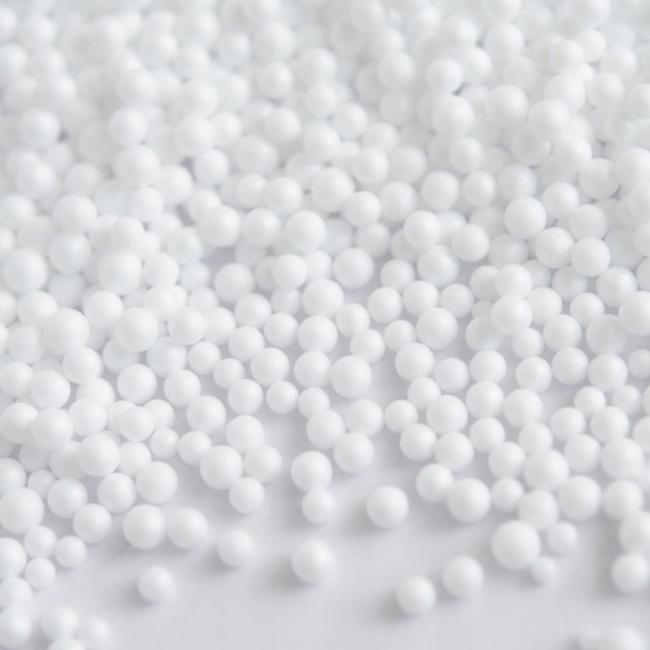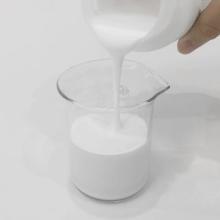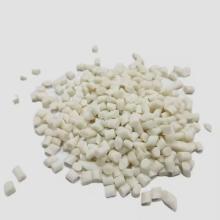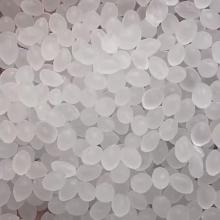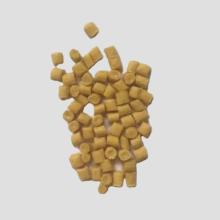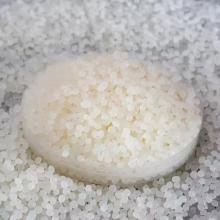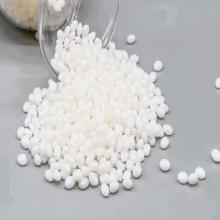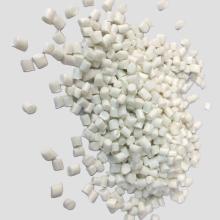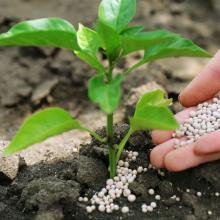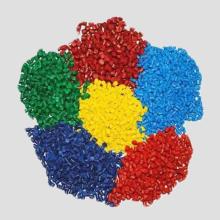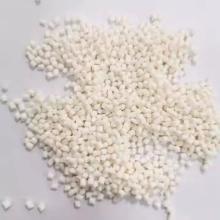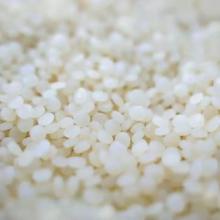PHA materials (Polyhydroxyalkanoates, polyhydroxy fatty acid esters) are natural polymers synthesized by microorganisms through a fermentation process. These biodegradable plastics have good biocompatibility and environmental friendliness, and can be completely decomposed by microorganisms into carbon dioxide and water under natural conditions without causing pollution to the environment. According to its different structural units, PHA can be divided into various types, such as PHB (poly(β-hydroxybutyrate)), PHV (poly(β-hydroxyvalerate)), etc. The features of PHA materials are:
- Biodegradability: PHA can be rapidly degraded by microorganisms in nature in soil, seawater and other environments, and the final products are CO₂ and H₂O, which are harmless to the ecological environment.
- Good biocompatibility: PHA has no toxic side effects on the human body, and can be used in the medical field as a drug slow-release carrier or tissue engineering scaffold material.
- Thermoplasticity: PHA can be molded and processed into various shapes by heating and melting, with good processing performance.
- Excellent barrier performance: PHA has a good barrier effect to oxygen, moisture and other gases, and is suitable for food packaging and other fields.
- Moderate mechanical strength: Although the mechanical properties of PHA are not as strong as those of traditional petrochemical plastics, its physical properties can be improved through modification technology to meet the needs of different application scenarios.
